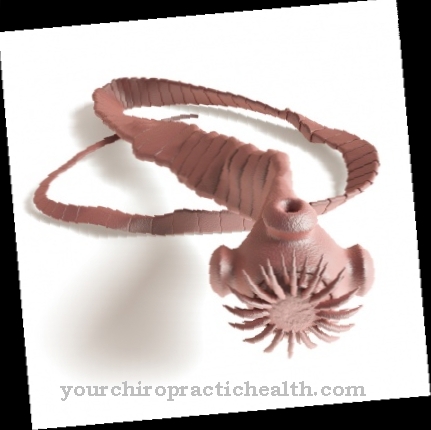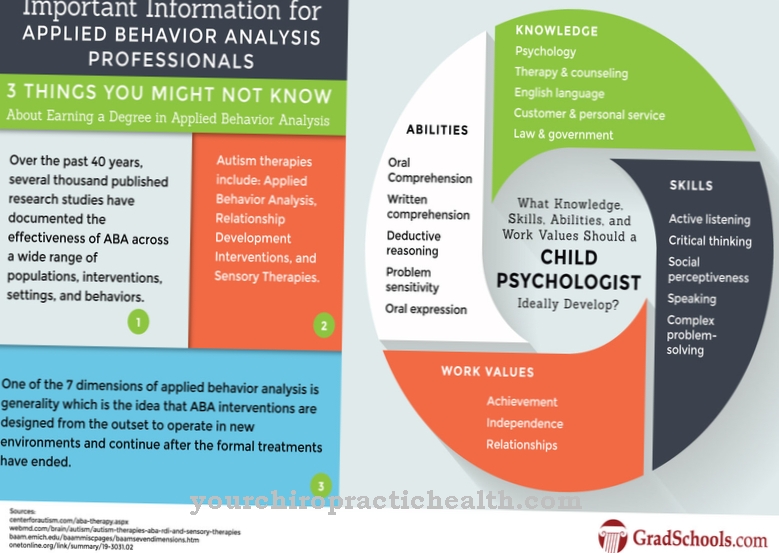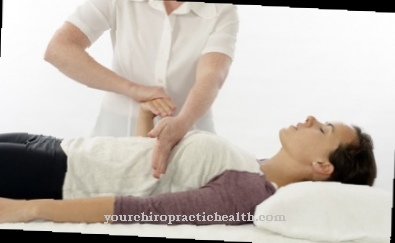Providing proper respiratory therapy to yourself is difficult and is better done under guidance. But it is interesting and occasionally comforting to know what options are open to make life more livable, healthier and more beautiful.
Really relax while breathing

The respiratory muscles and with them the lungs work independently of our will. They obey the signals from inside the organism. However, we can intervene with our will. Our body is set up in such a way that, if necessary, we can consciously breathe deeply into certain parts of the lungs. Especially due to poor posture or tension in certain muscle groups, which are voluntary or involuntary as reactions to processes in the organism or the environment, the air can often not flow into all parts of the lungs.
Such imperfect breathing, carried out for a long time, can become the cause of illness. It is not so much a matter of taking particularly large breaths, what is important is the harmonious, flowing flow through the lungs without cramping the muscles. That is why, before one can start conscious breathing training, one must have the experience of the breath flowing through. We can do this best in complete relaxation.
Breathing exercises for correct breathing
To do this, we lie on our back on the floor or in bed. The arms lie slightly apart next to the body, and the outstretched legs fall slightly outwards at the hip joint. At first we practice alone in the room, without the audience disturbing our concentration on relaxation and later on the breathing experience. We check our body again from head to toe to see whether all muscle groups are really relaxed. The loosening of the arms comes from the shoulder girdle, that of the legs from the hip joint.
Again and again we will come across muscle groups that have not yet been resolved. Finally, we also think about relaxing our facial muscles, especially the muscles around the eyes. Now we experience our breathing in relaxation. We are completely passive and let the breath flow comfortably through us like the up and down of the wave movement. We breathe through our noses, even more, we smell the air. When you inhale, the body rises and the chest widens, especially in the lower sections in front, to the sides and back, only a little in the upper sections.
On exhalation, the body sinks and the ribs expand. The shoulders remain lowered all the time. The rhythm of breathing is also very important. It should be three- not two-part. The inhalation and exhalation phase is followed by a break. Normally the inhalation phase increases gradually, followed by a gradual transition to the exhalation phase, which is at least as long as the inhalation, but if possible longer.
Now comes the pause, almost as long as the inhalation. With every guided inhalation movement, it is important to ensure that it is not started immediately after exhalation, but that you wait for the appropriate rest period first. Our last but all the more important consideration should be the exhalation phase. To discuss their diverse design options in themselves and in song and language, however, led far beyond this article. With breathing training you can achieve versatile successes:
Get healthy breathing
1. We can practice breathing to increase our breathing volume and to better ventilate our lungs. Above all, deep breathing exercises are done to repair damage caused by a lack of exercise and insufficient breathing. It should be noted, however, that deep breathing exercises are alternated with circulatory-stimulating gymnastics (quick, powerful hand and foot movements, wide arm movements, walking in place, etc.), because many deep breaths in a row without movement are not good.
2. We can breathe through certain parts of our lungs one by one, depending on our breathing findings.
3. With respiratory gymnastics we can act in a certain way on internal organs: on the heart and circulation, digestion and many other things. Here, however, can only be practiced under precise instructions from the doctor or physiotherapy.
4. We practice breathing exercises to influence posture, the shape of the chest and the shape of the spine.
5. We influence lung elasticity through certain forms of breathing. The first thing to do here is to loosen up the rigidity of the chest and then to train the vascular walls of the alveoli by exhaling in bursts and then inhaling.
6. A certain secretion can be helped by certain positions and vibrations and humming exhalation.
7. A skilful coordination of breathing form and breathing rhythm can affect our mood, bring joy of life and revitalize our creativity.



























